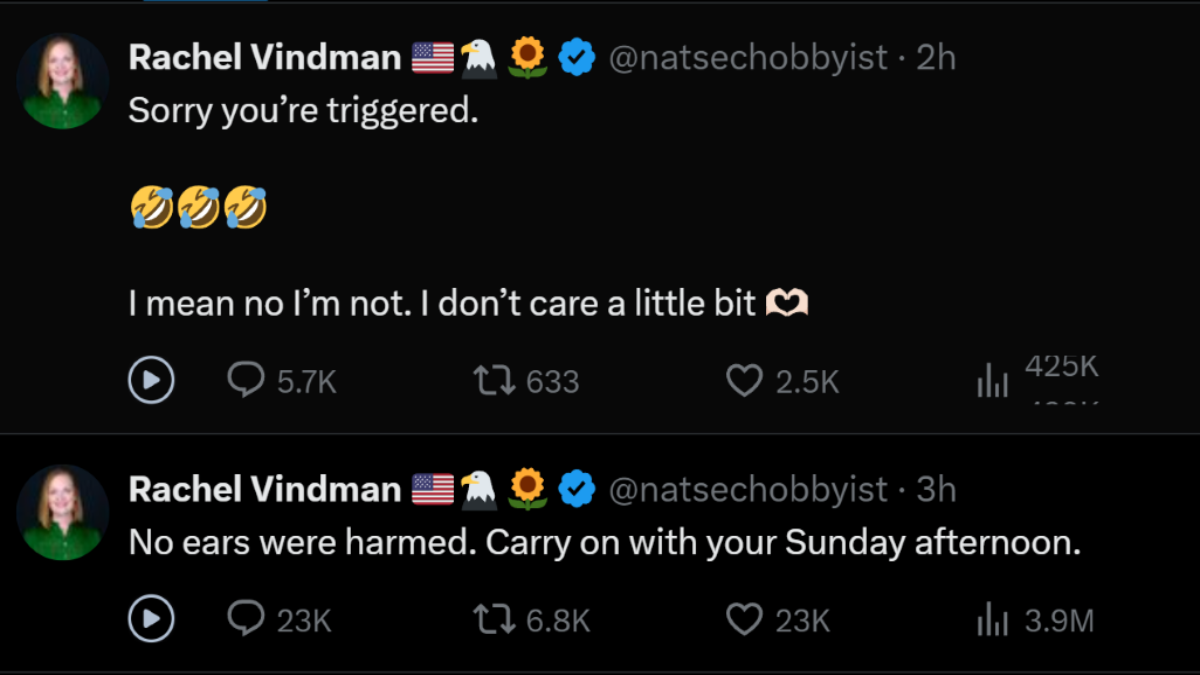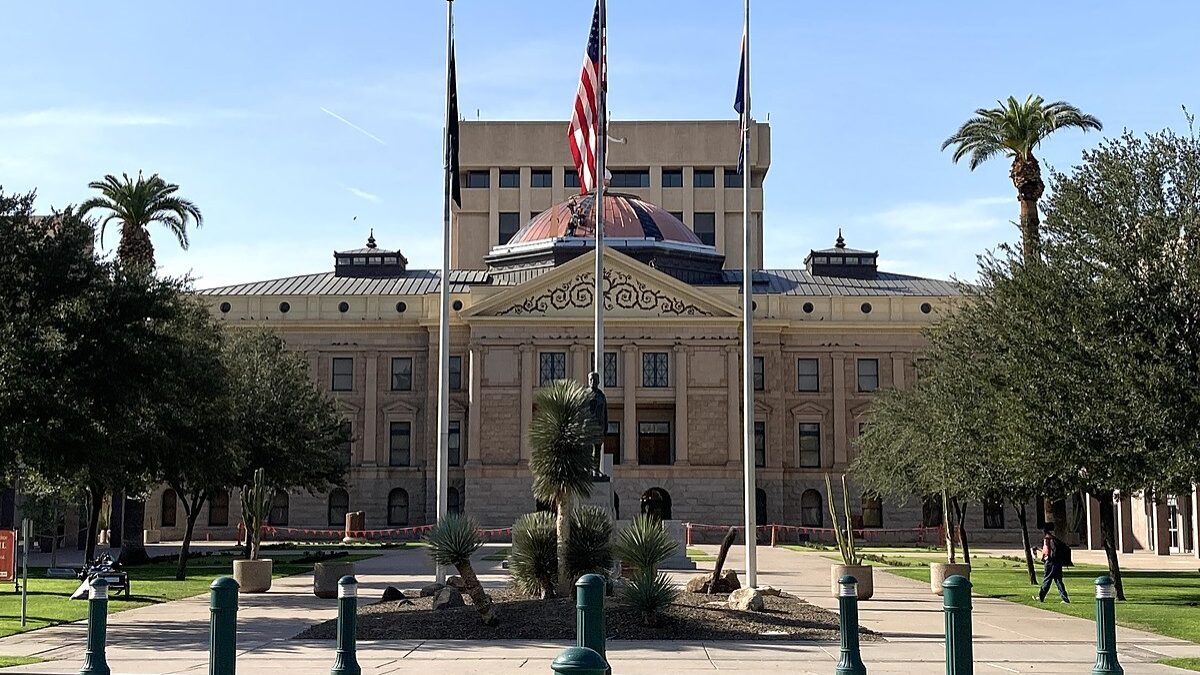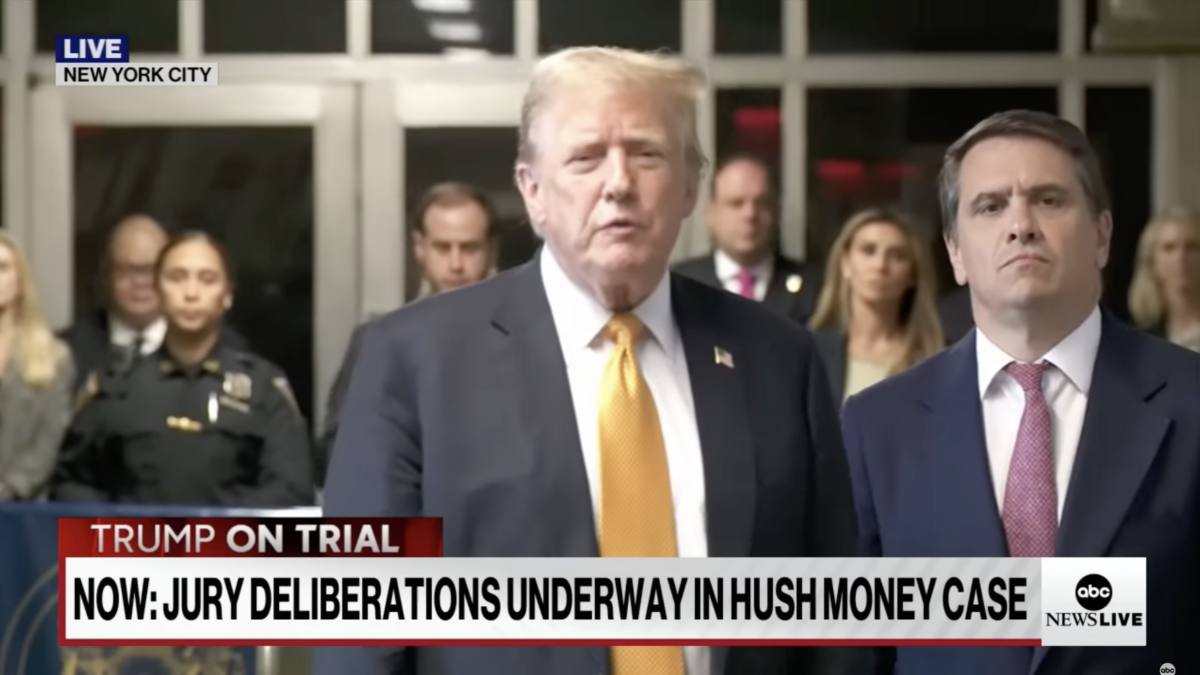
In a recent interview with The New York Times regarding his upcoming memoir, former Supreme Court Justice John Paul Stevens shares what he contends are the three worst court decisions to come down during his long tenure. His first choice, unsurprisingly, is District of Columbia v. Heller, the 2008 ruling that finally codified the Second Amendment as an individual right.
Stevens told the Times that he even took “an extraordinary step in trying to head off the decision,” preemptively sending the other justices a probable dissent to convince them to change their positions. “The combination of its actual practical impact by increasing the use of guns in the country and also the legal reasoning, which I thought was totally unpersuasive,” he says, “persuaded me that the case is just about as bad as any in my tenure.”
Stevens doesn’t even attempt to hide the political motivation behind his argument. Earlier this year, in fact, Stevens implored Americans to do what he couldn’t while on the court, and repeal the Second Amendment. Stevens quotes former Chief Justice Burger, who in 1991 claimed that activists had perpetrated “one of the greatest pieces of fraud, I repeat the word fraud, on the American public by special interest groups that I have ever seen in my lifetime.”
Both these justices rely on an expedient revisionist history to make their claims. This effort was spearheaded by left-wing historians who attempted to retroactively dismiss the ubiquitous presence of guns in American life and the role firearms played in the rise of a nation. It was taken up by anti-firearm activists and journalists who have used that revisionist history to dismiss the overwhelming evidence that the founding generation believed individual Americans had an inherent right to bear those arms.
All of these forces fostered a “collective right” theory regarding the Second Amendment that was normalized in legal and political circles for decades. Countless judges, like Stevens, latched onto this mythology in an attempt to disarm law-abiding individuals in the name of safety.
The singular purpose of the Second Amendment, they argued, was to arm militias, not individuals. For some reason, they contend, the Second Amendment, unlike most of the Bill of Rights, actually empowered the government rather than the individual. Any other interpretation was an antiquated and destructive reading of the past.
But history has never backed up this contention — not then, and not now. The notion of individual ownership of firearms was so unmistakable and so omnipresent in colonial days—and beyond—that Americans saw no more need to debate its existence than they did the right to drink water or breathe the air. Not a single Minuteman was asked to hand his musket over to the Continental Congress after chasing the British back to Boston. If they had been, the Revolution would have been short-lived, indeed.

The debate over the Second Amendment centered on who controlled the militias: the federal or state governments. Everyone understood that a militia consisted of free individuals who would almost always grab their own firearms—the ones they used in their everyday existence—to engage in a concerted effort to protect themselves, their community, or their country — sometimes from their own government. Many colonies enshrined an individual’s right to bear arms in their constitutions before the Bill of Rights was even written, most of them in more explicit individualistic terms. Not a single Framer objected.
“The right of self defense is the first law of nature,” wrote George Tucker in the 1803 Blackstone’s Commentaries regarding the American Second Amendment. “In most governments it has been the study of rulers to confine this right within the narrowest possible limits . . . and [when] the right of the people to keep and bear arms is, under any color or pretext whatsoever, prohibited, liberty, if not already annihilated, is on the brink of destruction.”
During the 19th century, there was still no need to debate whether the Second Amendment was an individual right. The right of an individual to bear arms had been so self-evident that on the rare occasions it was mentioned in any kind of political or legal context, it was brought up to compare American liberty with tyranny elsewhere.
In an 1823 letter to John Adams, William H. Sumner, a politician and general in the Massachusetts militia, noted that if the population of the United States, “like that of Europe, chiefly consisted of an unarmed peasantry,” it would be conquerable. “Here,” he went on, “every house is a castle, and every man a soldier. Arms are in every hand, confidence in every mind, and courage in every heart. It depends upon its own will, and not upon the force of the enemy, whether such a country shall ever be conquered.”
Adams concurred with this thinking. An armed citizenry would not be susceptible to tyranny.
“The right of the citizens to keep and bear arms has justly been considered, as the palladium of the liberties of a republic; since it offers a strong moral check against the usurpation and arbitrary power of rulers,” wrote Joseph Story, an associate Supreme Court justice in the early 1800s, “and will generally, even if these are successful in the first instance, enable the people to resist and triumph over them.”
Contemporary liberals often view this form of anti-government rhetoric and reasoning at best distasteful and at worst an endorsement of treason. Of course, despite our many political battles, there is no need for armed insurrection today. What contemporary critics fail to comprehend, however, is that the founding generation believed those who would undermine the universal and inalienable liberties of the people laid out in the Constitution—whether they were in the government or not—are the ones committing sedition.
The individual right to bear arms wasn’t challenged during the Civil War era, when manufacturing capacity and industrialization of the Union—spurred in part by gun innovators like Sam Colt—not only helped create superior armaments and technology that helped defeat the Confederacy but also made guns more widespread than ever.
During the 1800s, firearm innovation permitted the common man to buy more powerful guns more cheaply. These were the guns Americans used to explore, tame, and ultimately populate the West. This project, with all its moral implications, both admirable and sometimes ugly, made the United States the most powerful economic power on earth. Never once did anyone contest the right of individual men (and plenty of women) to own guns.
It’s true, a number of municipalities in the West enacted the occasional local gun ordinance in their red districts. Gun controllers love to cobble together these rare, narrow and tepid prohibitions to create the impression that there was widespread gun control. Not one of these regulations ever challenged the idea of a man’s individual right to own a Remington, Colt, Winchester, or any other gun. Or as many guns as he liked.
When weapons were confiscated by authorities, it was typically in an effort to subjugate minorities — mostly blacks, Native Americans, and others who happen to get in the way of corrupt politicians. When one of the sponsors of the 14th Amendment made his argument for equal protection, it was no accident that he brought up vital “individual right” laid out in the Second Amendment. Not one person objected to say it was a collective right.
It wasn’t until the rise of criminality in the 1930s that there was any federal gun law—and even then, no one made the legal or political argument for the collective theory. It wasn’t until the late 1960s that the left adopted this imaginary understanding of a natural right.
“Putting all of these textual elements together,” wrote Justice Antonin Scalia in his historical, philosophical, and legal exposition of the Second Amendment, “we find that they guarantee the individual right to possess and carry weapons in case of confrontation. This meaning is strongly confirmed by the historical background of the Second Amendment. We look to this because it has always been widely understood that the Second Amendment, like the First and Fourth Amendments, codified a pre-existing right.”
The fact that Stevens’ messy, historically challenged dissent couldn’t persuade Scalia, or anyone else, is unsurprising.
Stevens’ feelings about guns or gun violence do not erase the fact that, both in English common law and in American life, the individual right to self-defense goes back farther than our right to a free press and to freedom of religion. Yet, the fact that the Heller, a decision that invalidated a federal law prohibiting law-abiding citizens from owning a handguns in some of the most crime-ridden neighborhoods in America, bothers Stevens more than any other tells us plenty about his legacy.









